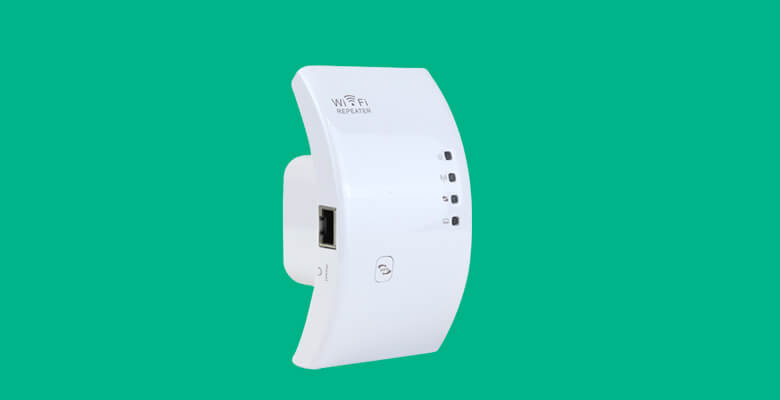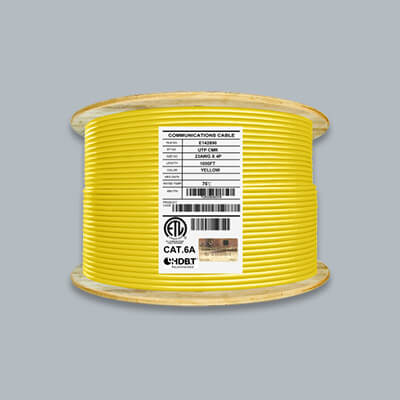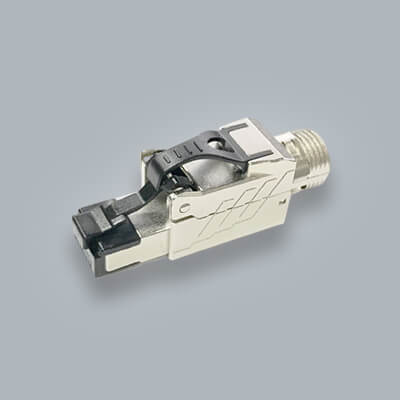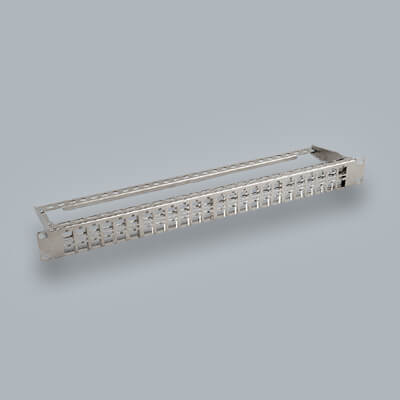What Is A WiFi Repeater?

Navigating through the various networking devices can be a daunting task at first. Most of the devices you see in the networking field look similar but perform differently. Each device has is own personal function which can range from necessary to make your network work to a devices that acts more like an accessory to your network. One of these devices which can help your network is a wireless repeater. In this blog post we will cover what is a WiFi repeater and what it can do for your network.
What Is A WiFi Repeater?
A WiFi repeater (Wireless Repeater) is a type of device that uses an existing signal from a wireless router or wireless access point and distributes it to create an additional (second network). In your home or business network when you have two or more hosts that want to be connected with one another over the IEEE 802.11 protocol and the distance is out of reach then a WiFi repeater can be used to make a connection. There are a couple ways that you will see a wireless repeater. One of the most common ways you see a wireless repeater is a unit by itself. Something that can be plugged in to another device but usually a wall outlet. Less commonly used is a WNIC (wireless network interface controllers) which can give you the same affect as a stand alone unit.
If you happen to be outside of the main network from your first router will be able to connect to the second network from the WiFI repeater. It's important to keep in mind that new repeaters MAC is connected so you want to look to turn on safety features on the WiFi repeater as well. Based on the performance of wireless repeaters it's common to use them for smaller networks such as in your home or small office.
When Should You Use A Wireless Repeater?
Making the decision to use a wireless repeater can come to a couple different reasons. Mostly importantly is that you are looking to increase range in your network. Maybe the network signal just isn't strong enough in your home or office. You'll search for ways to improve on this and you come across a wireless repeater. Some of the things that can be improved using a wireless repeater is extending that network to places that are lacking signal strength, have many users on the same network or you even want some access outside. A repeater is a viable option for many but real world performance might not be what you're looking for. WiFi repeater are really just a quick fix to a lack luster network signal that can't be reached via hard wiring. This is why we always recommend to hard wire with Bulk Ethernet Cable when you can. More on this later.
Types of Wireless Repeater
There many different variations and brands of wireless repeaters in the market today. Two of the common wireless repeaters you'll want to look for is an indoor rated or outdoor rated repeater. Indoor repeaters are the most common type and range in sizes from small to medium size. Most often small enough to fit on an outlet. Outdoor repeaters are created with special materials that make them protected from outdoor conditions. These are rain and sun. The thing about some outdoor wireless repeaters is that they might have a different setup. Some outdoor ones can require you to connect to a Power Over Ethernet device. Such as a PoE injector. You'll run an ethernet cable from the injector to your repeater.

How To Setup Wireless Repeater?
With the advancements in technology and the push to convenience it has become fairly straightforward when setting up a wireless repeater. Let's break down some of the steps to getting a repeater up and running.
1. Decide where you want to install the wireless repeater. Keeping it a reasonable amount of distance from the first router or wireless access point can help with performance. Common places for this can be an other floor or in the basement. Keep in mind that concrete can have an affect on performance so keeping it on a wooden wall can give a benefit.
2. Find the most accessible AC power outlet in your location you have chosen. Make sure there isn't anything obstructing it such as other cables.
3. Even though the product is a wireless device, to get it setup you want to connect using an ethernet cable from the port to a computer that is close. Maybe your laptop or desktop that is in range to the repeater. Each manufacturer can have a different method of doing this so look to the manual for more information.
4. After you have created a connection to your wireless repeater from your laptop or desktop you want to access your computers local area network properties. If your computer is a windows:
Start > Control Panel > View Network Status and Tasks > Manage Network Connections.
The next thing you want to do is right click Local Area Network and choose properties and then Internet Protocol Version 4 and Properties again.
5. After double checking your repeater devices instructions you want to use the default IP address which might look something like : 196.168.10.1. You will then submit number strings for the subnet such as 255.255.255.0 and the default gateway number which might look like 192.168.10.1
6. After you have completed step 5 go in to a web browser of your choice and type http://192.168.10.1 in the address bar. You might be asked to enter a DNS server address, if so, leave blank. You might also then be asked for a username and password in which you want to enter the admin credentials in the two fields. If it goes through then you will be brought to a setup wizard.
7. Look for the wireless repeater mode and click repeater - onekey setting. After that appears select the wireless network selection button and click refresh list. Look for your first routers wireless network to connect to.
8. You will then want to enter your WiFi;s network password that you have already set up for the pre-shared key field. Make sure you get to the Apply button and reboot.
These steps should give you a basic guide to follow for setting up your wireless repeater. After doing this your network should have more range. The great thing about repeater devices today is that they might even come with an app for you to monitor performance.
Performance
When looking at WiFi repeaters you want to keep in mind the performance you can expect from them.Most of the repeaters you find are compatible with WiFi technology 802.11 b/g/n. Some of them come with 2.4 GHz or 5 GHz. So dependent on your network speeds already you can look to the performance you should expect from the repeater. But real use cases can point to different expected speeds.
You are technically only connected to one WiFi device at a time. If you are connecting to your WiFi repeater from the router then you are connecting to a WiFi network that has already doubled. By doing this it can affect performance up to 50%. The reason that your repeater will be slower than connecting to your first router is that the device will use the same radio to accept incoming and outgoing packets from the client. As well as it will forward on those same packets on to the next WiFi router.
By doing so you can expect up to half the bandwidth versus connecting to the first router. Your connection will make more hops than it would if you just directly connected to the first router. This is why with each device performance lessons. If you have the ability to connect to the first router when in range on command than you can expect your original performance.

This type of design is common to ethernet cable installation as well. You can only create so many connectors on the channel before your signal strength diminishes.
This comes back to our point in that even though wireless repeaters are a convenience solution to weaker signal locations it it always recommended to hard wire when you can.
Conclusion
WiFi repeaters are a convenient and easy to use device for your network. They can be used indoor and outdoor to extend your WiFi signal to places that couldn't be reach before. Set up is fairly straightforward and only some do require additional hardware to use. You can look to your network speeds for the performance you can expect from the repeater but keep in mind that 50% less bandwidth is possible. Wireless repeaters use is up for debate but we always recommend to hard wire your connection when you can. This gives you optimal sign strength Solving the problems of lackluster signal or too many user can all be solved as well with an ethernet cable.





